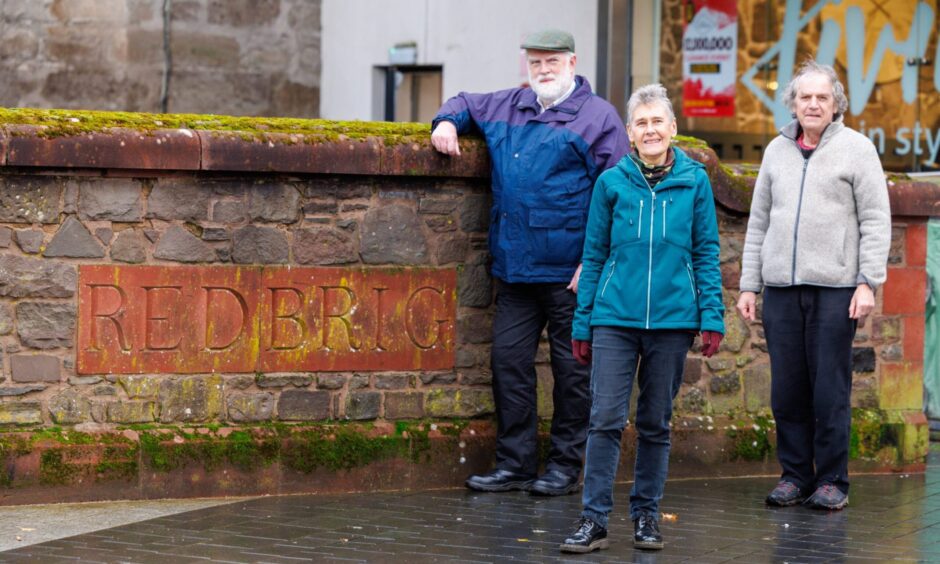
A wealth of archaeological secrets dating back at least 800 years still lurks beneath the surface of Perth’s modern streets.
Archaeologists and historians are aware that the medieval deposits which survive under historic towns like Perth are frequently being removed during redevelopment.
Although planning guidance now exists to help preserve this wealth of urban archaeology, this was not the case in the 1970s.
The Perth High Street Archaeological Excavations of 1975-1977 exemplified the trend of trying to save as much evidence as possible before building works commenced at the proposed new store for Marks and Spencer on the north side of High Street.
Nicholas Bogdan, then a post-graduate student in archaeology at St Andrews University, directed the excavation, which was the largest then undertaken in Scotland.
The preservation of material on the site was exceptional both for organic remains – leather textiles and wood – and for metalwork, as well as pottery and animal bone.
Between 1978 and 2010 more detailed post-excavation analysis was undertaken and dating evidence provided for the many artefacts including spurs, a coin, a piece of lace, imported pottery and a walrus ivory knife handle.
All dated between the 11th and 14th centuries and are now in Perth Museum.
Shining fresh light on Skinnergate
One of the student archaeologists who volunteered during the 1975-1977 dig was David Perry, who went on to help excavate many other sites across Perth.
David and his colleagues from Alder Archaeology have just contributed to a new report on archaeological work and previous discoveries in the Skinnergate from 1991 to 2013.
The results have just been published in Volume 29 of the Tayside and Fife Archaeological Journal.
Stray finds of medieval date are known to have been discovered in the Skinnergate in the 19th and early 20th centuries, prior to any modern archaeological work.
Newspaper accounts show that perhaps 200 to 300 coins of the reigns of Edward 1 of England and others were found when a building was demolished in 1854.
The name Skinnergate is a remnant of medieval times, reminding us that animal skins were bought and sold, tanned and prepared into gloves, shoes and leather goods of all sorts in the area around the town lade.
The Glovers’ Yard was known as St Bartholomew’s Land, after the patron saint of the Glovers, who was said to have been martyred using his own beaming knife.
Co-author Catherine Smith from Dundee is an animal bone specialist who has worked on faunal remains from archaeological sites throughout Scotland.
She said: “Leather-related industries were concentrated in the Skinnergate, Castle Gable and Curfew Row, around the town lade – water was an essential requirement in the smelly and sometimes obnoxious processes needed to turn hides into leather.
“In 1991, the first archaeological excavation in the Skinnergate took place at the north end in advance of development around the Red Brig Port.
“A team led by archaeologist Mike Roy aimed in part to investigate the standing wall in Albert Close.
“Was it part of the protective medieval city wall, as the Victorian plaque attached to it claims?
“Excavation showed that the wall visible today really is the last remnant of the medieval defences, of which the town lade, which today runs unnoticed under Mill Street was a part.
“We also found evidence of one of the pubs that occupied the site in the later 19th Century – a broken painted glass door panel and lots of beer bottles!”
Skinnergate became an overcrowded, unsanitary place in the 19th Century and the risk of infectious diseases like cholera was always present; for some it was fatal.
Alcohol was an escape from all this and could be obtained in the Skinnergate in pubs, shebeens and ‘notorious houses’.
Care was necessary near the open lade when drink had been taken – adults fell in and drowned, often in the darkness of night.
Refurbishment of other properties in the Skinnergate between 1999 and 2013 investigated Skinnergate House and the site of the furniture store which is now Gillies.
Archaeologists led by David Perry and Ray Cachart found part of an important stone building dating from the 13th Century which likely belonged to the Constable of Scotland.
Archaeology expert’s once-in-a-lifetime moment in Perth
Perhaps the most striking find was a “broken but simple bone whistle” which was discovered by archaeologist Chris Fyles in a “once-in-a lifetime moment”.
David Bowler, director of Alder Archaeology, said: “Whistles are usually made in one piece, with six finger holes set in a straight line, no thumb hole, and the fourth fingers of both hands unused.
“The Skinnergate instrument is much simpler, made of the cheapest materials with simple hand tools, in a rough and ready way, perhaps 14th Century.
“It would have been well suited to cheerful jigs and rustic dances, perhaps best enjoyed in the open air and at a distance, but not out of place in the busy setting of Skinnergate.
“We know that the town piper and drummer played in the morning and evening, to awaken workers and to send them home at curfew, and it is just possible that this was how this musical instrument was used.
“We’ll never know what tunes were played or how the owner felt when it broke or was lost – but we can imagine.”
The decrease in influence of the Glover Incorporation in the early modern period and the street’s economic and physical decline throughout the 19th Century are tracked through the history of the craftspeople who lived, lodged, worked and died in this once prestigious street.
Today, Skinnergate is a pedestrian route from the High Street to the Horse Cross and Perth Art Gallery, no more than a shortcut, with a pub, café, other businesses and supported accommodation run by the Salvation Army.
By contrast, in medieval times, it was an important thoroughfare leading to the main route out of the burgh at the North Port.
Here the Glover Incorporation had their booths, or small shops.
Catherine Smith said: “We also investigated the later history of the street, especially the Model Lodging House, which was instituted to provide decent accommodation for workers who previously had to make the best of the private lodging house system, decried in some quarters as harbourers of cholera.
“The excavated drain within the Model Lodging House, with its rather pathetic assemblage of broken clay pipes and buttons, is a reminder of the everyday poverty experienced by some of the residents.
“Despite all these daily hardships, there seems to have been a good sense of community in the street, although it was hard to get away from your neighbours.”
A once prestigious mediaeval Perth street
Of the families who lived and worked in the street in the 19th Century, only the name of the shoemaking Norwells would be recognised today.
Catherine Smith said: “The story of the Skinnergate is one of a once prestigious medieval street, alive with craft and industry which later fell on hard times and semi-dereliction.
“This came about partly due to economic pressures on the glove-making trade, and the residents turned their hand to shoemaking, tailoring and keeping eating houses and lodgings.
“Skinnergate’s old wooden buildings, once the homes of merchant glovers, fell into disrepair, some eventually falling down in neglect, some catching fire and some being demolished, and yet a sense of community continued.
“In recent times, the street has seen much redevelopment and there is currently a prominent gap site at the High Street end of the Skinnergate awaiting work – who knows what further evidence of the past might lie behind the hoardings, underneath the ground?”
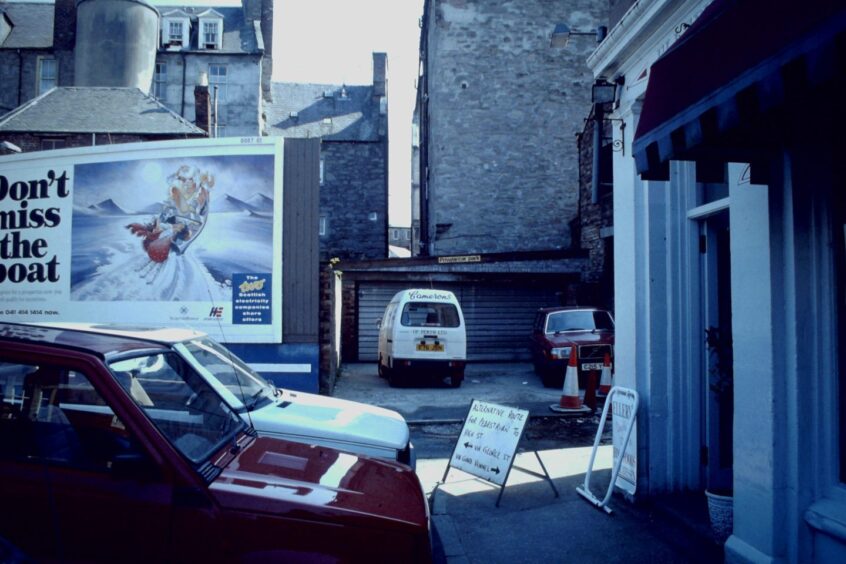
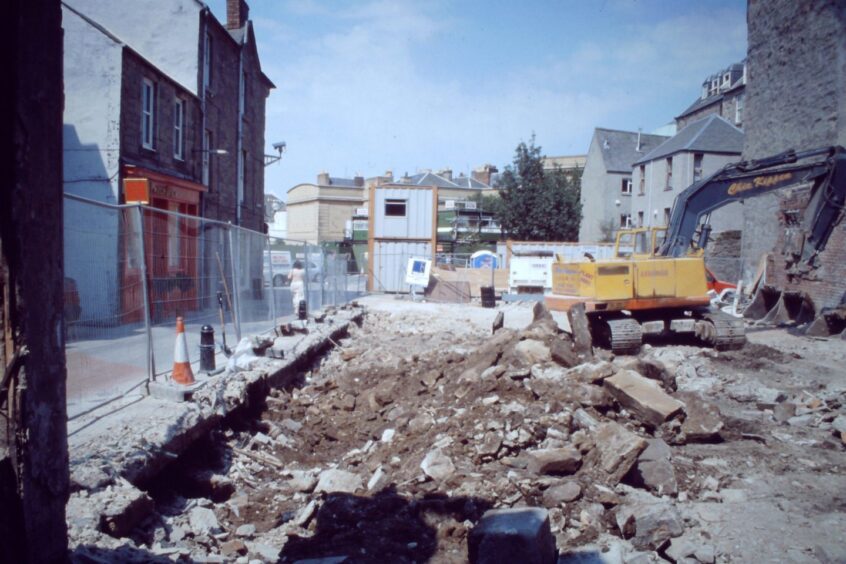
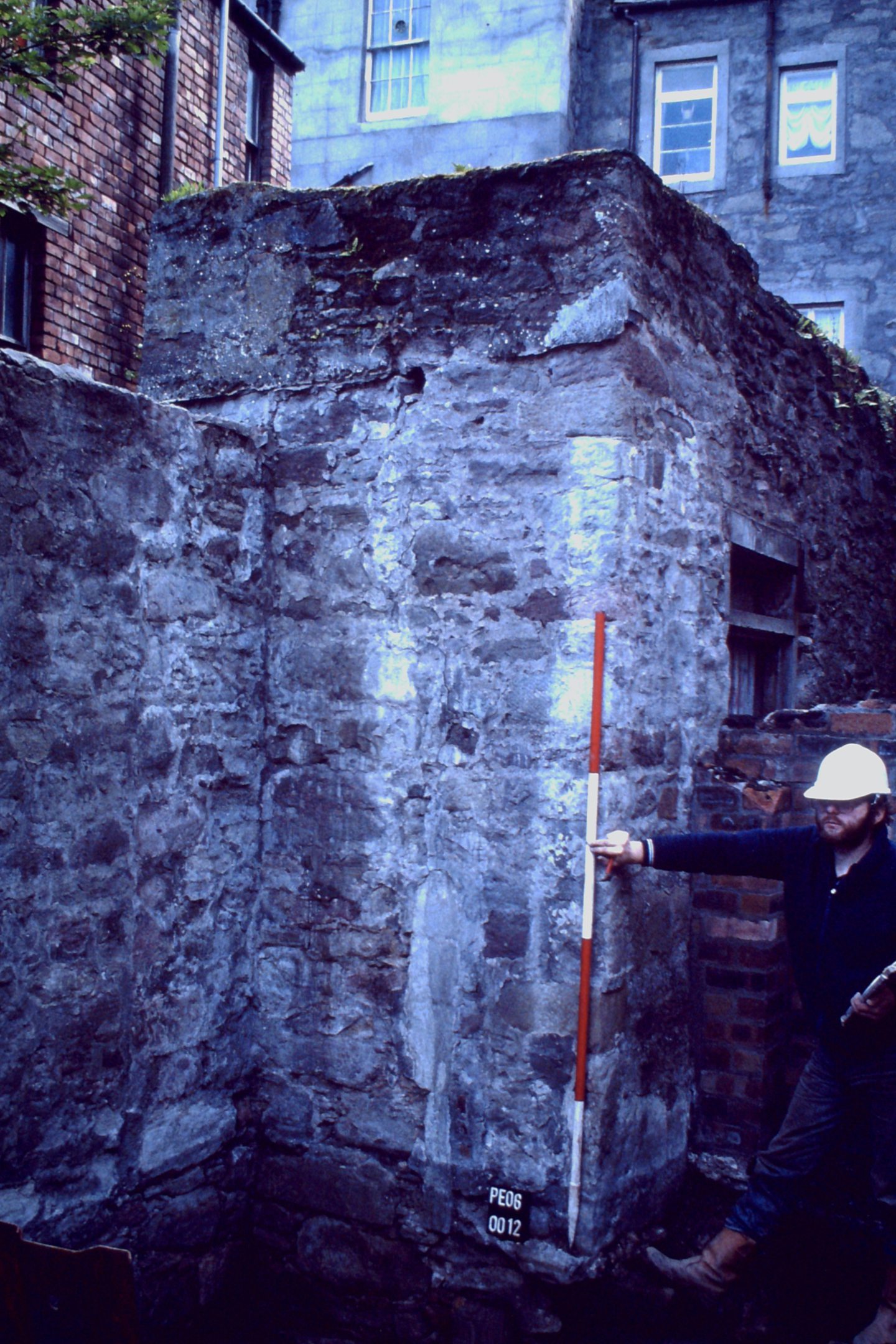
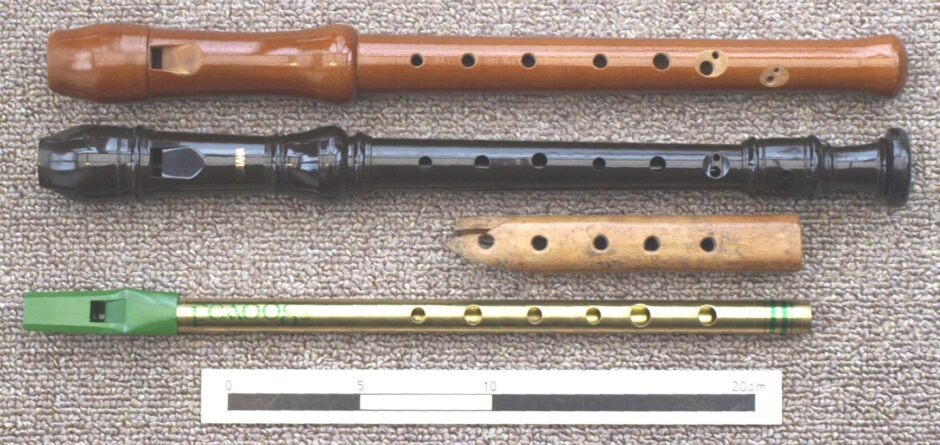
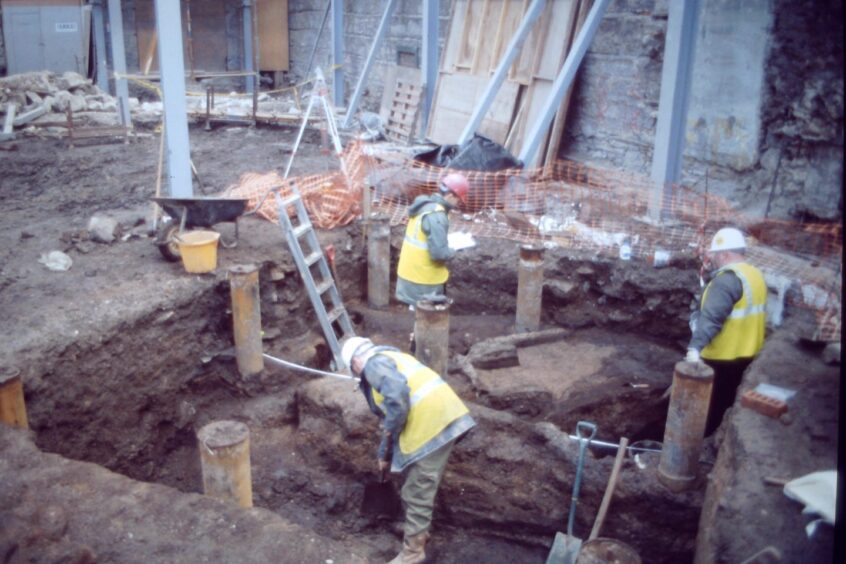
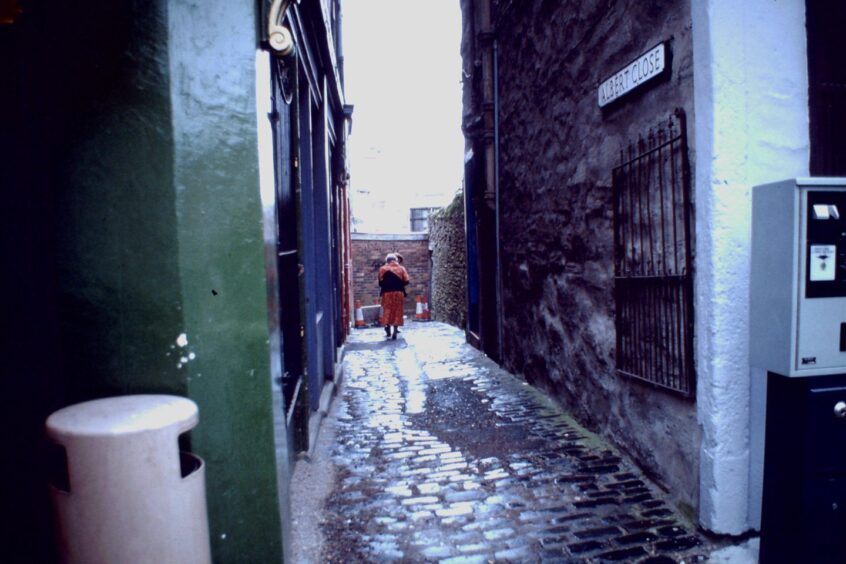











Conversation